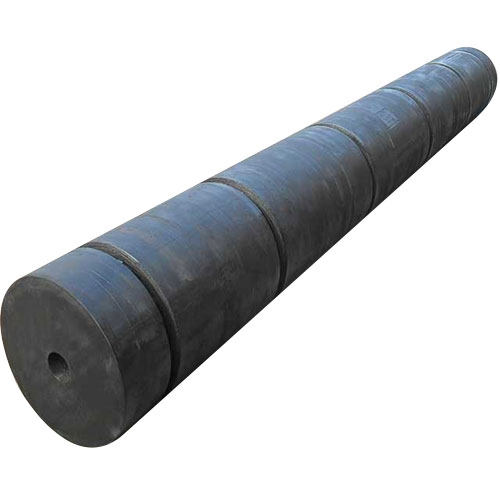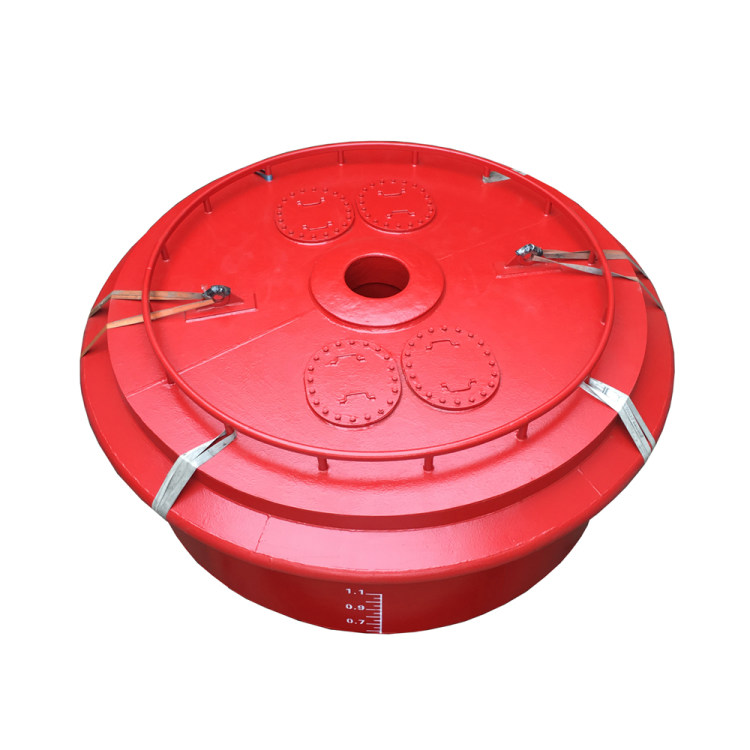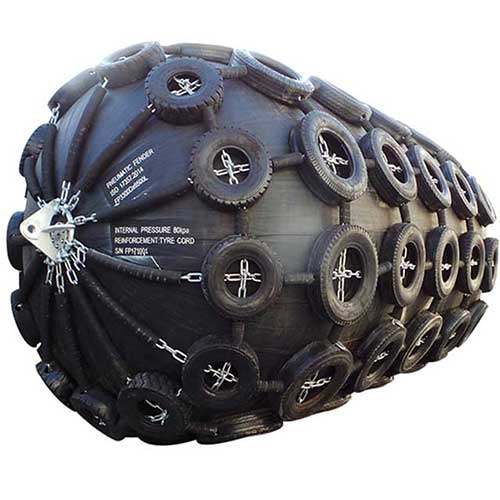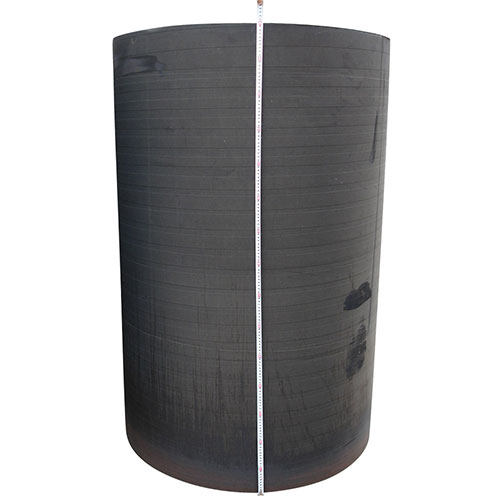How to Enhance the Durability of Rubber Fenders in Harsh Environments
Rubber fenders are essential for maritime operations, shielding dock structures and vessels from damage caused by collisions and impacts. In extreme environments, such as high temperatures, polluted waters or ports with high traffic, rubber fenders are subject to various stresses that could significantly decrease their life span. It is essential to enhance their durability to ensure safety, efficiency and operational reliability.

Table of Contents
Challenges Faced by Rubber Fenders in Harsh Environments
It is vital to understand these challenges when it comes to selecting, designing and maintaining rubber fenders that are able to endure the most demanding conditions.
Environmental Stressors
The rubber fenders are exposed to harsh environmental conditions that could alter their properties as time passes. When it is cold, the low temperature can cause rubber to become brittle which increases the likelihood of cracking. However high temperatures speed up aging and decrease elasticity, which can compromise the fender’s ability to withstand the force of. Exposure to sun for long periods of time introduces UV radiation, and Ozone in the air causes surface degradation discoloration, hardening, and sagging. Saltwater exposure is a different aspect that can cause chemical breakdown, swelling and surface erosion which also weakens the fender’s material.
Mechanical and Operational Challenges
Rubber fenders are frequently subjected to mechanical stress from docking and collisions. Large vessels impose massive impact loads that can result in wear, deformation and wear over time. Repeated cycles of compression and rebound can reduce the capacity of energy absorption and result in lower performance. In industrial or busy port zones, the constant use of the fender increases the mechanical issues, speeding up degradation of the material and decreasing the lifespan of fenders.
Chemical and Pollution-Related Impacts
Polluted waters and industrial ports expose rubber fenders to range of oils, chemicals and other pollution. These chemicals can cause reactions with the rubber which weakens the molecular structure of the rubber and leading to the fender to deteriorate prematurely. Chemical exposure does not just affect the surface, but also penetrate deeper layers of the fender, which can compromise the toughness and durability of fenders. When combined with mechanical and environmental stresses, chemical impact creates the challenge of maintaining the durability of fenders.
Maintenance and Lifespan Considerations
The harsh environmental and operating conditions require proactive maintenance. If you don’t regularly inspect, clean and timely repairs the fenders made of rubber can get cracks, lose their elasticity, and be less effective in absorption of the impact. The interaction between extreme temperature, ultraviolet exposure mechanical stress, saltwater and chemical toxins highlight the necessity for durable materials, reinforced designs and maintenance strategies that extend the life of fenders.
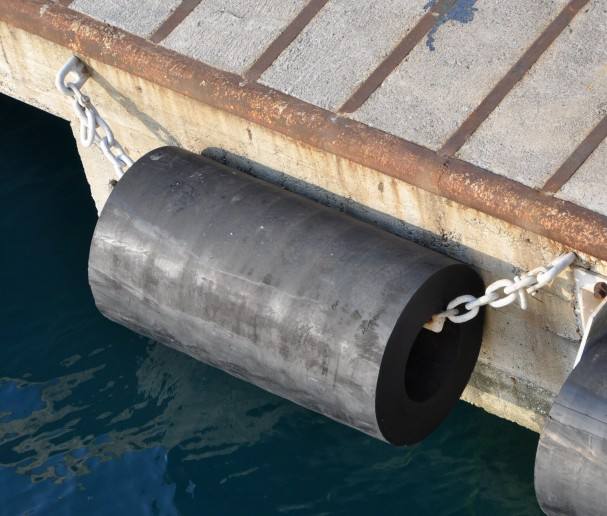
Key Strategies for Maximum Durability of Rubber Fenders in Harsh Environments
1. Selecting High-Performance Rubber Compounds
The choice of material is vital to the durability of your fender.
Here’s a chart of High-performance rubber compounds for fenders.
| Rubber Type | Key Advantages | Suitability |
| Natural Rubber (NR) | Great elasticity and absorption of energy | Heavy-duty fenders that require the highest impact resistance; not suitable for extended exposure to UV or ozone |
| Styrene-Butadiene Rubber (SBR) | Good abrasion resistance as well as moderate resistance to chemicals | General-purpose fenders are suitable for moderately harsh environments |
| EPDM Rubber | Superior resistance to ozone, UV and heat | Outdoor environments that are savage, with extreme temperatures and exposure to sunlight |
| Neoprene Rubber | Excellent resistance to chemicals and oils Excellent aging performance and resistance to chemicals | Industrial ports, with exposure to chemicals and polluted water |
| Blended Compounds | Combining with flexibility, impact resistance and environmental toughness | Conditions that require a balance between performance attributes |
| Additive-Enhanced Rubbers | Incorporates antioxidants, UV stabilizers and anti-ozonants. | Extreme conditions that require long-term protection and less maintenance |
2. Implementing Reinforced Fender Designs
Enhancements to the structural design of of the rubber fenders significantly increase the durability. Reinforced, high-strength fabric as well as steel cords give an additional tensile strength as well as better impact absorption. Multi-layer constructions enable fenders to blend surface strength and internal flexibility, which helps distribute the impact more evenly in collisions. Surface treatments or protective coatings can help reduce abrasion, chemical and UV exposure, ensuring the integrity of the fender for longer periods of time.

3. Ensuring Proper Installation and Maintenance
Even the best rubber fenders need proper installation and regular maintenance.
Here’s a chart for correct installation and maintenance of rubber fenders.
| Aspect | Key Practices | Benefits |
| Installation Accuracy | Make sure that the mounting is correct according to the manufacturer’s guidelines | Stops wear and overstress and premature deformation |
| Load Distribution | A proper alignment and spacing of Fenders | Equally distributes impact forces which increases life span |
| Routine Inspections | Always check for wear, cracks, or chemical damage | The early detection of problems can be repaired quickly and avoids failure |
| Surface Cleaning | Clean up debris, salt, and other pollutants | Reduces the rate of degradation and helps maintain structural integrity |
| Adaptive Protection | Make use of seasonal adjustments or temporary covers | Absorbs the negative impacts of extreme weather conditions, exposure to UV radiation, and environmental stress |
| Repair and Replacement | Repair or replacement is required promptly for damaged fenders | Protects the system and ensures safety of operations |
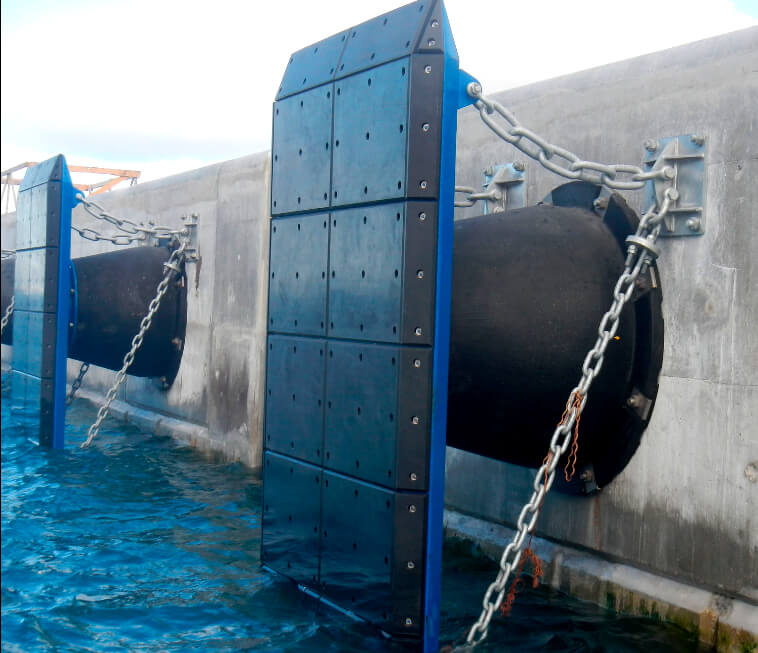
Innovations and Future Directions for Enhancing the Durability of Rubber Fenders in Harsh Environments
1. Nanotechnology Additives
Nanotechnology additives are the latest components that are integrated into fenders made of rubber to increase their toughness as well as flexibility and resilience to the harsh conditions of the environment. By strengthening the rubber matrix at a molecular level these additives improve impact absorption, decrease wear, and guard against chemical, UV and temperature-related damages, greatly prolonging the life of the fender in the harsh marine environment. Nanotechnology integration with intelligent monitoring systems may result in “intelligent fenders” capable of giving real-time performance information that can be used to predict maintenance, prolonging the life of the fender.
2. Smart Monitoring and Predictive Maintenance
Digital technology is increasingly impacting the management of fenders. The incorporation of sensors embedded in fenders permits real-time monitoring of impact loads, stress on the material, and exposure to environmental conditions. The data gathered from these rubber fenders can be used to predict maintenance, which allows the operator to fix potential issues prior to the occurrence of failures. This method not only increases the lifespan of the fenders but also cuts down on the time of operation and maintenance expenses. The future could have more advanced systems where the performance of fenders is constantly optimized using live operational data.

3. Sustainability and Eco-Friendly Materials
Sustainability is now a major aspect of fender design. Bio-based rubbers and recycled material are becoming viable alternatives to synthetic rubbers. They offer environmental benefits, without compromising performance. Innovative manufacturing techniques seek to reduce the amount of material wasted and energy use, contributing to more sustainable port operations. As environmental regulations become more stringent and sustainability is a top priority using eco-friendly materials in fenders could be the norm.
4. Integration of Technology and Design
Future rubber fender durability is in the seamless combination of material research, modern design, and the use of digital monitoring. Utilizing high-performance materials, design and construction that is reinforced and adaptive and advanced maintenance technology will ensure that fenders perform consistently in the toughest conditions. This approach to design will change standards for durability, providing users options that’s tougher, more efficient, and durable.
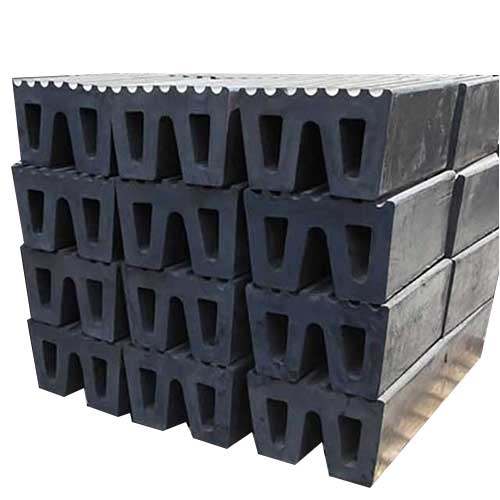
Summary
Enhancing the durability of rubber fenders in harsh environments requires careful selection of materials, reinforced design, correct installation and proactive maintenance. Through taking these steps, mariners can make sure that fenders’ effectiveness, reduce downtime and withstand the most demanding operational and environmental challenges, protecting both infrastructure and vessels.



